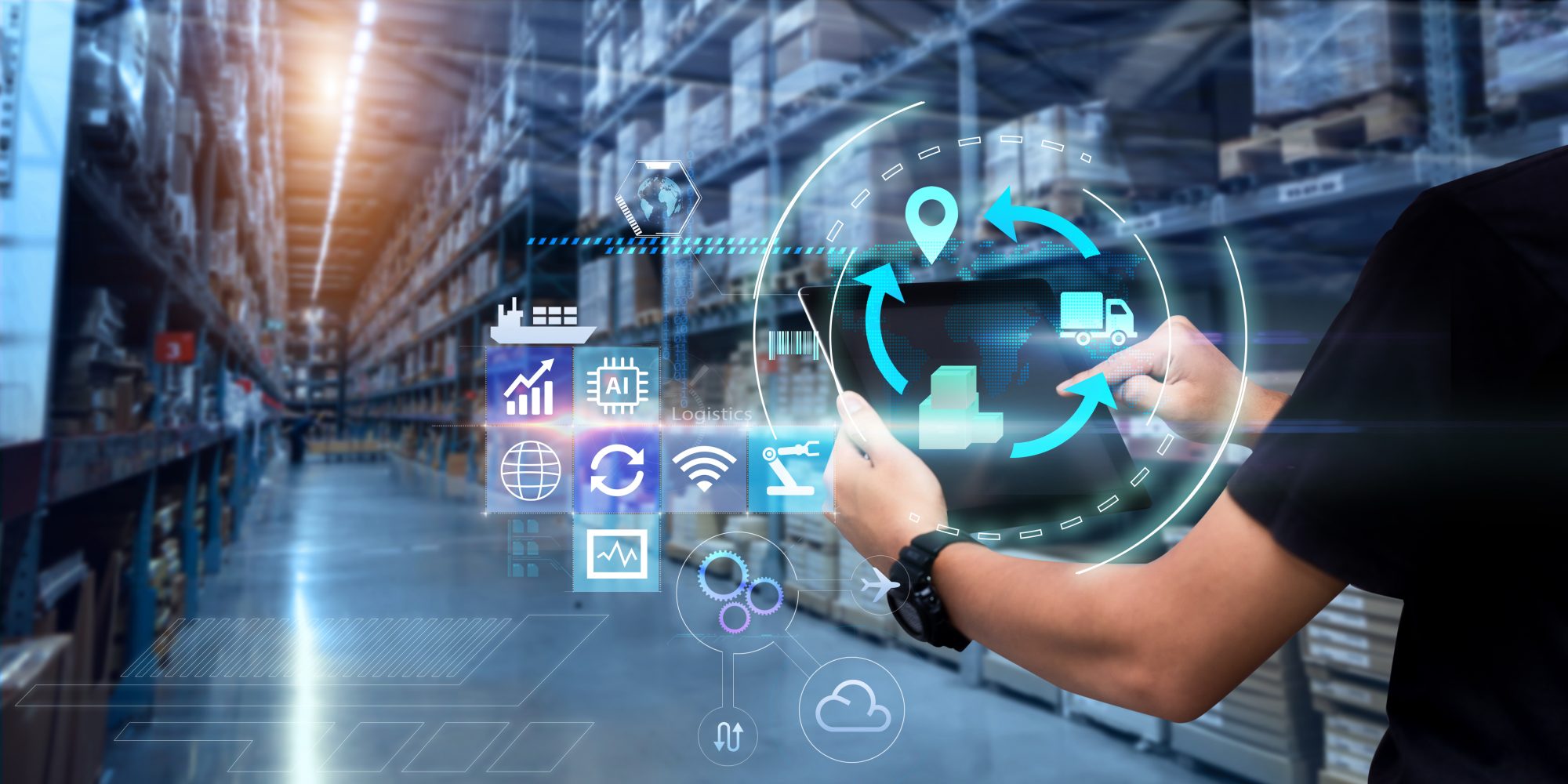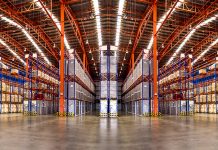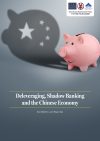In today’s dynamic global market, businesses with a resilient supply chain have emerged as game-changers, with the ability to be flexible and diverse also
“The ability of a business and its capacity to swiftly adjust supply chain operations in response to unpredictable market demands and supply-side disruptions can make or break for many”, says Claire Agutter.
The reality of building a resilient supply chain
Businesses are facing a long list of challenges and uncertainty in 2023: high inflation, rising interest rates, recession, geopolitical conflict, energy crisis, competition for talent and vulnerable supply chains, just to name a few.
Businesses are facing a long list of challenges and uncertainty in 2023
These factors are contributing to and compounding a complex, uncertain business environment. Whilst most of these are issues the world has encountered before, the ability to be agile and responsive with a resilient supply chain with flexibility is needed now more than ever in businesses operating in a digital world.
Simply put, a business’s capacity to swiftly adjust supply chain operations in response to unpredictable market demands and supply-side disruptions can make or break for many.
Supply chain flexibility and resilience
Businesses must build more flexibility and resilience across their supply chains to successfully address unexpected shifts in market conditions and changes in customer buying patterns.
The key to a flexible and resilient supply chain is integration, transparency, and data intelligence – making the perfect ingredients for a successful Service Integration and Management solution (SIAM).
The SIAM management methodology brings clarity to a complex supply environment and allows businesses to focus on end-to-end value and identify all of the service providers that support that value.
Think of an end-to-end supply chain as a puzzle to be put together intelligently. Each piece must fit perfectly with its peers, resulting in a unified solution that yields valuable data.
SIAM brings visibility into every element of logistics; from the time an item is put on a ship to when it’s delivered to the customer. Businesses can then use that insight to make the right inventory decisions to deliver on time to customers and, more broadly, to forecast future demand.
For digital products and services, SIAM helps organizations to leverage specialised skills from different service and cloud providers to deliver the best possible online experience for their customers.
In dealing with the unexpected, companies can also rely on that data to drive experimentation into potential new logistics solutions. Building a flexible supply chain can enable firms to deal with resilient supply chain disruptions and demand changes effectively.
Artificial Intelligence & Machine Learning
Businesses are also bolstering their supply chain with the use of Artificial Intelligence (AI). In the supply chain realm, machine learning (ML) is where most of the activity surrounding artificial intelligence has been focused. Used since the early ‘00s, ML can predict demand forecasting and market changes as well as suggest optimal responses and streamline operations.
For example, forecasting how much of a particular product will be sold in a particular store is far more intensive than forecasting how many products in a product family will be sold in a region. This explosion in the number and accuracy of forecasts would not be possible without the latest generation of ML.
Integrating AI into the complex web of production and distribution—the supply chain—will have a bigger economic impact than any other application of the technology and affect a larger number of businesses.
McKinsey estimates that firms will derive between $1.3trn and $2trn a year in economic value from using AI in supply chains and manufacturing. AI is becoming much more widely adopted in business due to progress occurring on several fronts at the same time.
These include the development of new machine learning algorithms, computing power, big data analytics, and acceptance by industry leaders.

Diversifying your supply chains
Diversity in the supply chain also helps to minimise risk and if the COVID-19 pandemic has taught supply chain leaders anything, it’s the importance of resilient supply chains.
A resilient supply chain is both diverse and sustainable. One that can flex when stressed, is not disrupted by geopolitical, meteorological, health, or economic shocks, and is secure for the long term. To successfully apply this equation relies on understanding exactly where your suppliers are, and what they supply.
Multi-tier mapping of suppliers and reviewing supplier sourcing approaches for critical parts are fundamental to resilient supply chains — it’s often the delay in deliveries of small but crucial components that can halt production. Economic nationalism increasingly impacts supply chains, and as a result, many businesses are looking to localise or nearshore their suppliers.
Diverse suppliers can help cut costs and drive innovation
A “glocalisation” approach, driven by the pandemic and sharp changes in global trade policies, focuses on balancing localised and globalised business options to stay competitive. Diverse suppliers can help cut costs and drive innovation.
Their product or service may be more innovative — as supply chain strategy changes, businesses may find diverse suppliers are more open to proofs of concept.
Another advantage is that diverse suppliers tend to be more localised to a business’s manufacturing and distribution sites, which in turn has a ripple effect of helping local businesses buy the goods and services they need to sustain their own operations.
Existing suppliers may be more important than new ones
Fostering existing supplier relationships is more important than forging new ones. A great relationship between buyers and suppliers can increase resiliency, generate new value, produce new product development, and effectively decrease costs.
Businesses that invest in supplier relationships will be more robust to weather economic challenges and stay open for business. It may also be said that those who regularly collaborate with suppliers have higher growth, lower operating costs, and greater profitability than other competitors in their sector.
Leading businesses are looking for new ways to collaborate with existing suppliers but there is also an opportunity to cultivate supplier relationships that are more collaborative from the start. The benefits of effective collaboration can include growth, innovation, productivity, and the quality of products and services.
A lesser-discussed benefit is the opportunity to support local, minority-owned businesses many of which can face significant challenges gaining access to larger businesses as a client and who are often susceptible to disruption.

Tips for bridging supply chain gaps
In the storm of 2023 economic challenges, having a flexible, robust, and diverse supply chain will undoubtedly deliver value for money.
At Scopism, our SIAM Community enables connections between those who need support and those who know how, with members including practitioners, customer organisations, service providers, consultants, software vendors and many more.
We celebrate your successes and feel your struggles. Here are some of the communities’ top tips for bridging supply chain gaps and helping your business to remain competitive and agile:
- Adopt a Service Integration and Management (SIAM) model – Put simply, SIAM is a way to bring clarity to a complex supply environment. It allows you to focus on end-to-end value and identify all of the service providers that support that value. SIAM helps your service providers to understand where they fit into the big picture and how they contribute to business outcomes.
- Utilise AI and ML in the supply chain – AI and ML-led supply chain optimisation software amplifies important decisions by using cognitive predictions and recommendations on optimal actions. This can help enhance overall supply chain performance. It also uncovers possible implications across various scenarios in terms of time, cost, and revenue.
- Supplier diversity – Not only can diverse sourcing contribute to building a more resilient supply chain, but increasing spending with minority suppliers creates value and shows your business is serious about social commitments to its broader ecosystem: customers, investors, regulators, communities, employees, suppliers, industries, and competitors.
- Nurture existing supplier relationships – A long-term relationship between suppliers allows for the free flow of feedback and ideas. Over time, this will create a more streamlined, effective supply chain that could have a positive impact on both costs and customer service. It also should mean that when issues do arise, the healthy working relationship between supplier and client will make such issues easier to resolve.
This piece was written and provided by Claire Agutter, who has extensive experience in service management spanning over 20 years. As an experienced service management trainer, consultant and author, Claire founded Scopism and is the publisher of the SIAM Foundation and Professional Bodies of Knowledge.






























